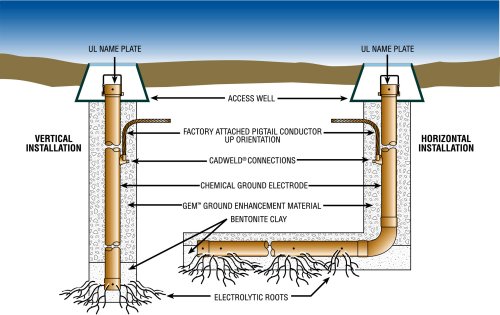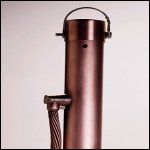lilsparky
Member
- Location
- Madison, Al
Hi All,
On my upgrade facility, the site is "bonded" everywhere even to the downspout air terminal of the lightning protection system. All of which goes to a "chemical" ground outside. Of course there is no written documentation of this ground being installed. Is there a way to check to see if the mixture is still inside the tube. Also how to calculate to add more, I'm trying to convince the customer their "bonding" isn't grounding and that more is needed.
On my upgrade facility, the site is "bonded" everywhere even to the downspout air terminal of the lightning protection system. All of which goes to a "chemical" ground outside. Of course there is no written documentation of this ground being installed. Is there a way to check to see if the mixture is still inside the tube. Also how to calculate to add more, I'm trying to convince the customer their "bonding" isn't grounding and that more is needed.



